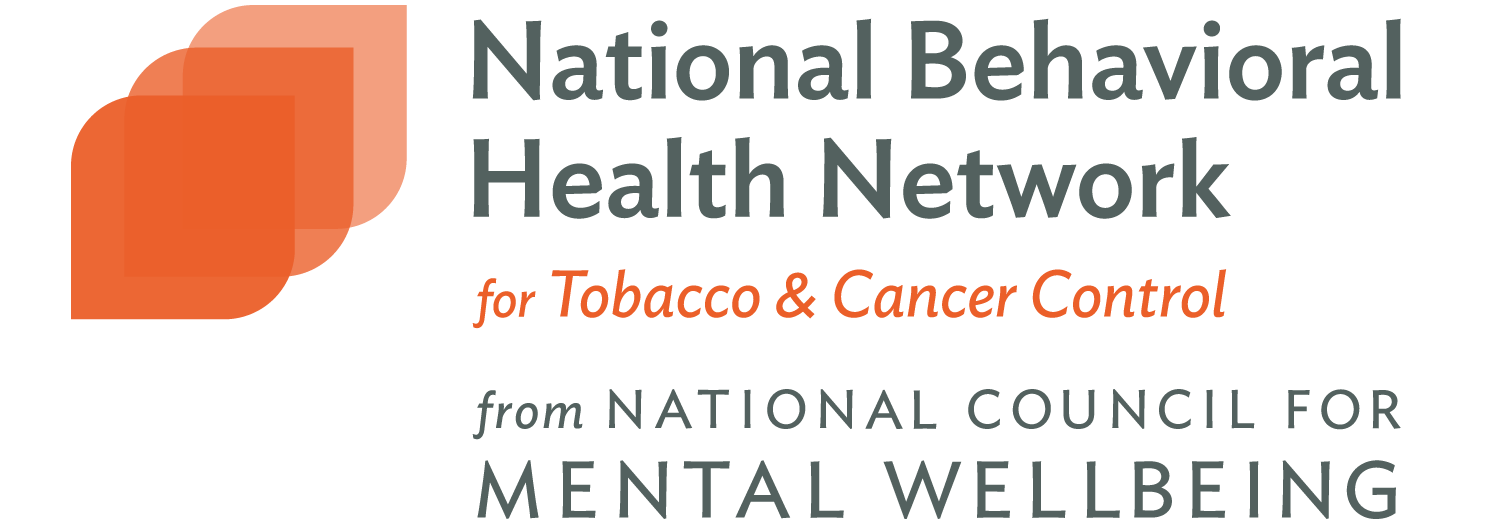Addressing the Need for Tobacco Cessation Interventions in Correctional Facilities
An estimated 70% of incarcerated individuals use tobacco but the majority of correctional facilities prohibit smoking. Relapse is highly common as an estimated 60% return to tobacco use following release from smoke-free prisons. 42% of individuals who resume tobacco use after release report quit attempts. Since an estimated 12% of individuals in correctional facilities who use tobacco are released annually, there is a significant need for tobacco cessation interventions during incarceration and after release (Lincoln et al., 2009; Puljević et al., 2018).
Mental health challenges are four to six times more prevalent among individuals who are incarcerated compared to the general population. Individuals with mental health and substance use challenges are also between two to three times as likely to use tobacco than those without. This puts justice – involved individuals with mental health and substance use challenges at an increased risk for smoking and smoking-related health disparities.
Factors that help maintain abstinence from tobacco after release from a correctional facility include interventions that strengthen intention to quit, integration with other substance-use treatment and facilitating social support for quitting. Social support to quit from family and friends is significantly and positively correlated with motivation, confidence, and plans for remaining abstinent from tobacco post-release. Other facilitators include a desire to be physically healthier, the high cost of tobacco, the negative stigma of smoking and wanting to be positive role models for their children (Puljević et al., 2018).
Interventions should begin before release and continue post release while incorporating elements of motivational interviewing to enhance recovery. Multi-faceted interventions maximize the chances of successful cessation: a combination of behavioral support and smoking-cessation pharmacotherapy is often most effective. Co-treatment for incarcerated individuals with a history of substance use challenges and tobacco use is another strategy to enhance substance-use treatment outcomes and increase likelihood of abstinence from tobacco after release (Puljević et al., 2018).
Tobacco cessation programs, including free nicotine replacement therapy and/or counseling can significantly increase the likelihood of quitting in prison and increase abstinence post-release (De Andrade and Kinner, 2016).
References
De Andrade, D., & Kinner, S. A. (2016). Systematic review of Health and behavioral outcomes of smoking cessation interventions in prisons. Tobacco Control, 26(5), 495–501. https://doi.org/10.1136/tobaccocontrol-2016-053297
Lincoln, T., Tuthill, R. W., Roberts, C. A., Kennedy, S., Hammett, T. M., Langmore-Avila, E., & Conklin, T. J. (2009). Resumption of smoking after release from a tobacco-free correctional facility. Journal of Correctional Health Care, 15(3), 190–196. https://doi.org/10.1177/1078345809333388
Puljević, C., & Segan, C. J. (2018). Systematic review of factors influencing smoking following release from smoke-free prisons. Nicotine & Tobacco Research, 21(8), 1011–1020. https://doi.org/10.1093/ntr/nty088

